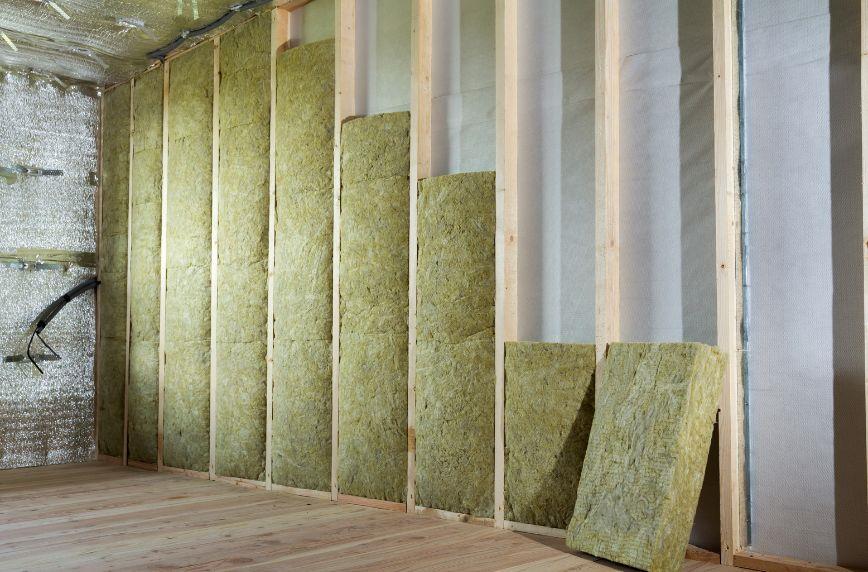Wall Insulation: Which Is Best for You in 2022? | Billy.com


With winter in full swing, for many homeowners, this means it’s time to upgrade their existing insulation. There are clear signs that your insulation needs a replacement. Unpleasant odors tend to linger. Allergy symptoms worsen, your home is too hot or cold, and—most concerning—your energy bills skyrocket. The best way to mitigate these issues is to tear out the old and put in the new. Check out our examination of different wall insulation types and which is best for you in 2022.
Spray Foam Insulation
Spray foam insulation is a chemical-based product you typically mix at home before applying it using a sprayer. Because of its ability to expand throughout the wall frame, it’s a top contender for most cold climates. It prevents heat transfer, and it’s useful for water resistance. This greatly mitigates mold and mildew. If you’re a DIY enthusiast, you might want to sit this method out and let the professionals deal with it. Because pros are your best option, this form of insulation is also the most expensive to apply.
Fiberglass Insulation
You can install fiberglass insulation simply enough with the right tools for the job. Fiberglass consists of fine glass fibers, which can come in various types: loose fill, duct insulation, or even rigid boards. It’s also cheaper and easier to DIY since materials cost very little per square footage. It also has fire-resistant properties. However, it’s extremely hazardous if you inhale or manhandle it, so ensure you have the appropriate equipment. It’s also less effective if you live in cold environments.
Cellulose Insulation
This is a great option when looking for the best wall insulation for you in 2022. Cellulose is eco-friendly and perfectly settles into spaces where heat or cold air normally escapes. It’s affordable, and you don’t have to tear down your walls if you choose to lose-fill them. It’s also an excellent repellant against vermin and insects. However, the dry time can take a while if it soaks up moisture. It’s also the least water-resistant of the three, making it prone to mold and mildew.
These are just a few of the insulation options out there. We hope you are better informed and ready to make the right choice!
